Canine nail length and the effects on biomechanics
Dogs’ nails are constantly growing, but unless maintained, they may pose a risk to your dog’s well-being. Nail length can adversely alter posture, joint angulation, range of motion and biomechanics of dogs.
Typically, dogs have four or five digits on each limb. The first digit, known as the dew claw, is generally found on canine forelimbs. However, some dogs have dew claws on all four limbs, or they may have none. At the distal end of each digit is the nail; in healthy dogs, the nail continues to grow and is naturally eroded with use.
Canine nails have several layers, the rigid outer layer of keratin covers and protect the internal tissue, blood vessel, and nerves surrounding the nail bed's bone. Although the keratin layer is hard, it is designed to reduce in length through abrasion. If the dog does not naturally wear down this layer and size is not otherwise maintained, it can grow long enough to touch the ground leading to dysfunctional movement patterns.
Two methods can be used to check nail length. Firstly, the visual test; when the dog stands, look to see if their nails are touching the ground. The second test is an audible test, have your dog walk or trot on a hard surface – if you can hear a tapping sound, then the length of their nails needs to be reduced. Nails should be neither too long nor too short. Having enough length to provide grip when the toes are used for forceful acceleration yet do not tap the ground at the walk or trot.
Nail length, if excessive, can affect the dog's quality of life. Long nails change the foot biomechanics; more weight is distributed off the toe pads and onto the larger central pad. During locomotion, long nails reduce the toe's range of motion in flexion whilst the foot is in contact with the ground. At the point of impact, there is a loss of shock-absorption in the foot since the toes are again forced into flexion due to the rotational force caused by the longer nails.
Changes in angulation within the foot place extra tension on the digital flexors running up the caudal or rear side of the leg. Adverse effects on joint angulation can continue up the limb, reaching the proximal joints of the shoulder and hip. Once the range of motion in the limbs is restricted and force imbalances are present through the muscles, ligaments, and tendons, the body continues to compensate through the axial or spinal region, which may create a poor top line.
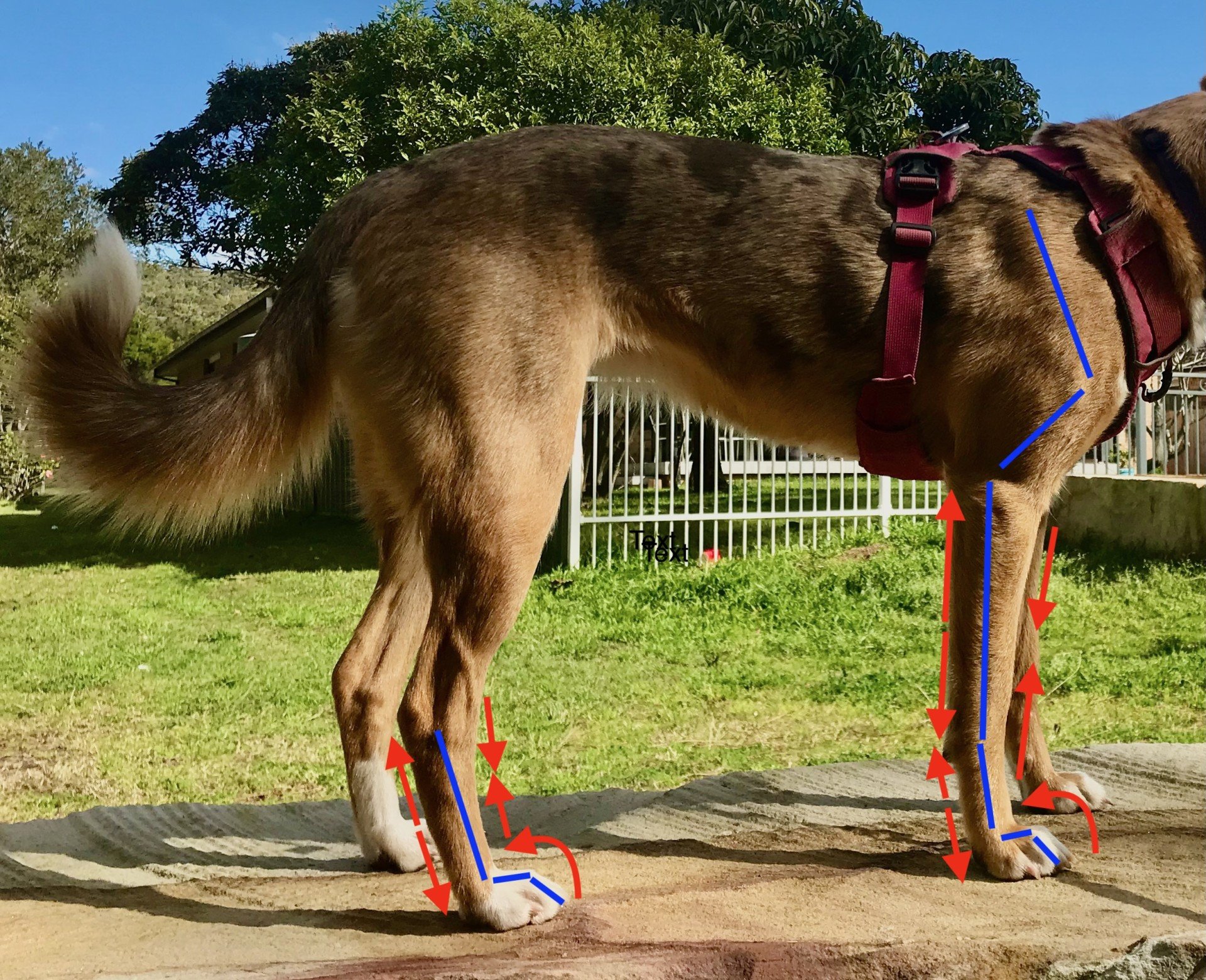
Correct postural alignment is an essential part of canine health and well-being. The risk of injury can be increased whenever the body must compensate. Poor range of motion, compromised biomechanics, or lack of functional movement all increase the chance the compensation injury. Nail length can contribute to this since it plays a foundational role in canine biomechanics, affecting; the foot's ability to absorb shock, the angulation of limbs, and the stress forces on flexor and extensor muscles.
For many dogs, regular nail maintenance is required. Using the visual and audible tests described earlier, you can check for nail overgrowth. Be sure to avoid reducing nail length too much – doing so may expose the sensitive nerve and blood vessels, causing immense pain.
If your dog has long nails, talk to us today about manual therapy treatment. Therapeutic touch can help improve function, restore range of motion, release fascia adhesions and reduce muscle tension.
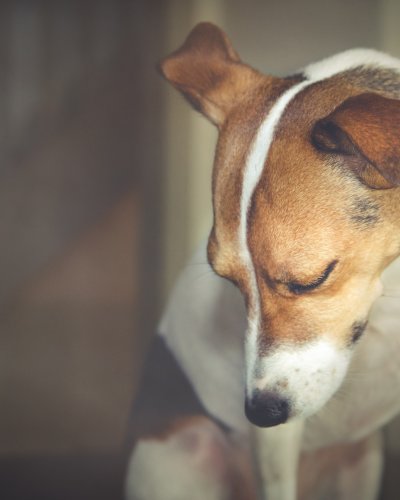
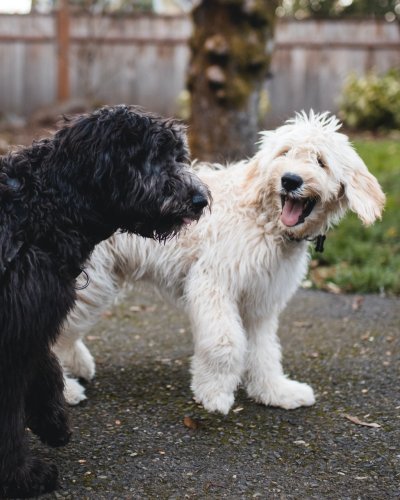
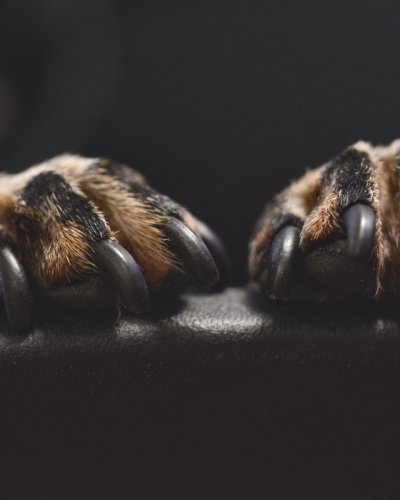

Leave a comment